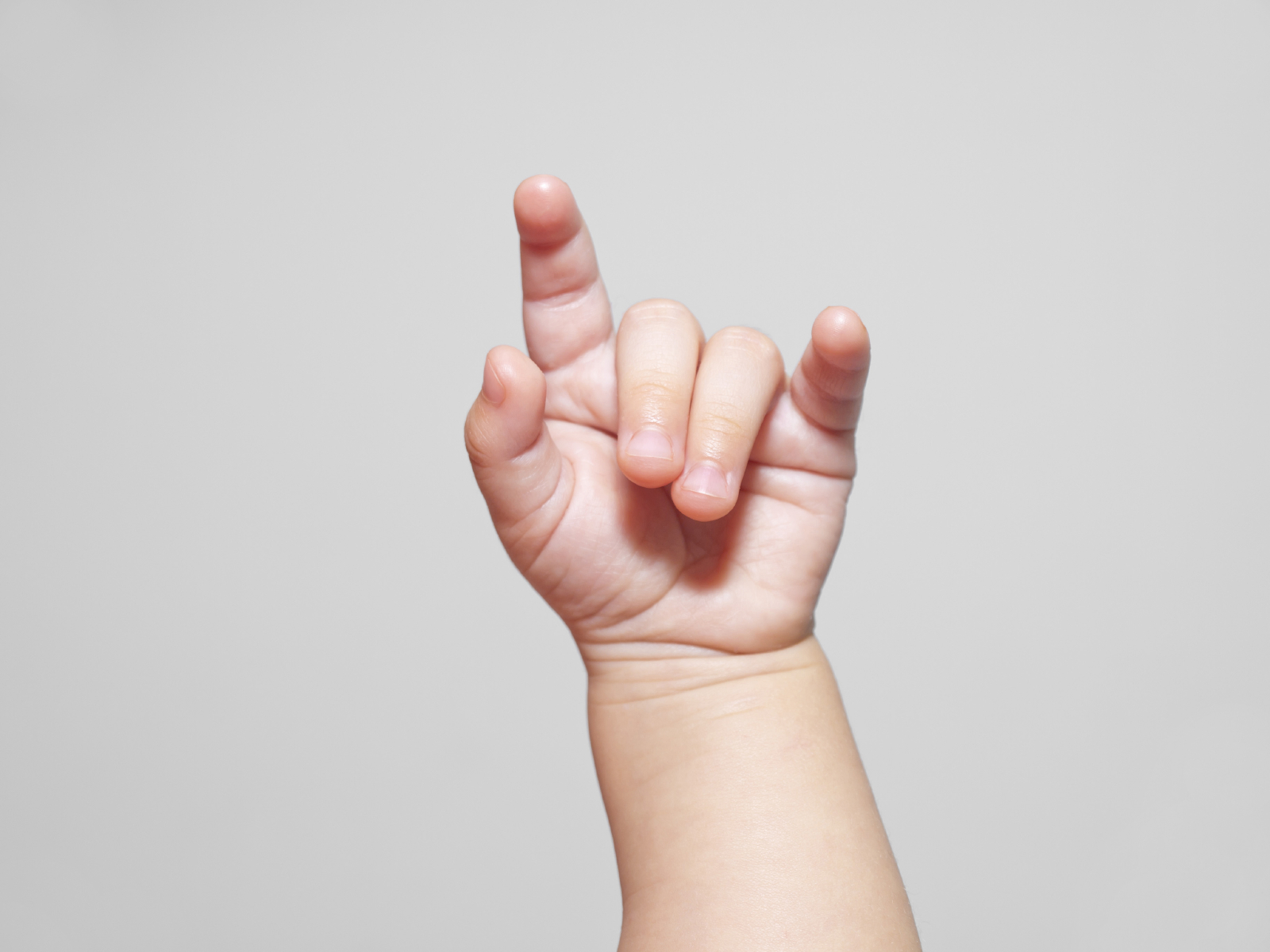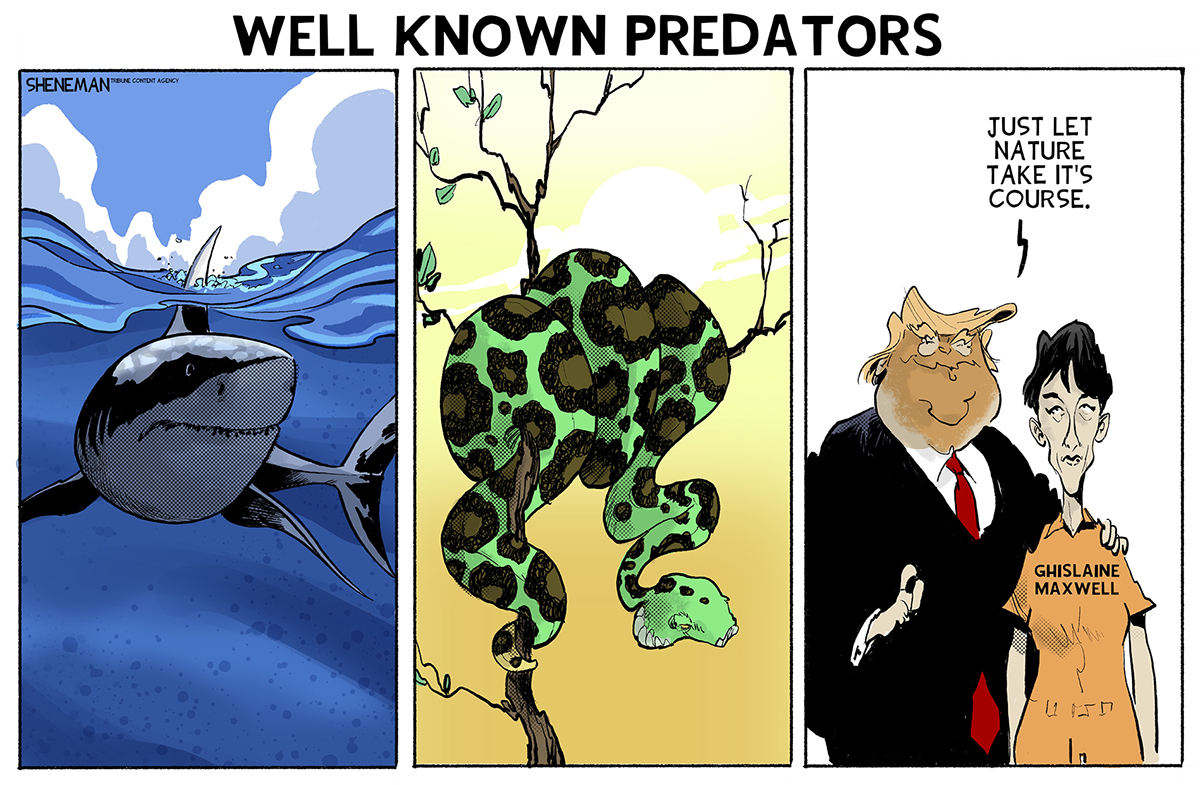Watch this adorable baby acquire sign language through rhythm and rhyme
Yes, rhythm and rhyme can exist in a visual medium. Let this baby show you.


In cultures all over the world, children are exposed to language through repetition, songs, chants, nursery rhymes, and other forms of play. Deaf culture is no different. Leala Holcomb and Jonathan McMillian of Hands Land learned American Sign Language naturally as they grew up, with parents who constantly made up playful songs and rhymes as they went about their daily routines.
How can a signed language have songs or rhymes? Rhythm and rhyme can also exist in a visual medium. The motions of signs can be repeated, elongated, or otherwise modified to take on a beat or rhythm. The internal parts of signs can also be repeated. For example, two signs that use the same hand shape "rhyme" with each other in a sense.
Hands Land is an Indiegogo project to produce a learning DVD "full of original ASL rhymes and rhythms covering a wide range of themes." In the video explanation of the project McMillan notes that hearing parents trying to sign with their children often "become so focused on signing correctly that they lose sight of their reason for learning to sign. Signing should enhance the bonds between parents and children."
Subscribe to The Week
Escape your echo chamber. Get the facts behind the news, plus analysis from multiple perspectives.

Sign up for The Week's Free Newsletters
From our morning news briefing to a weekly Good News Newsletter, get the best of The Week delivered directly to your inbox.
From our morning news briefing to a weekly Good News Newsletter, get the best of The Week delivered directly to your inbox.
That bonding is on adorable display here, as Holcomb’s nephew Thoreau acquires ASL joyfully and naturally through language play with his family.
Learn more about the Hands Land campaign here.
A free daily email with the biggest news stories of the day – and the best features from TheWeek.com
Arika Okrent is editor-at-large at TheWeek.com and a frequent contributor to Mental Floss. She is the author of In the Land of Invented Languages, a history of the attempt to build a better language. She holds a doctorate in linguistics and a first-level certification in Klingon. Follow her on Twitter.
-
 5 inexcusably hilarious cartoons about Ghislaine Maxwell angling for a pardon
5 inexcusably hilarious cartoons about Ghislaine Maxwell angling for a pardonCartoons Artists take on the circle of life, Ghislaine's Island, and more
-
 Ozzy Osbourne obituary: heavy metal wildman and lovable reality TV dad
Ozzy Osbourne obituary: heavy metal wildman and lovable reality TV dadIn the Spotlight For Osbourne, metal was 'not the music of hell but rather the music of Earth, not a fantasy but a survival guide'
-
 Sudoku medium: August 2, 2025
Sudoku medium: August 2, 2025The Week's daily medium sudoku puzzle
